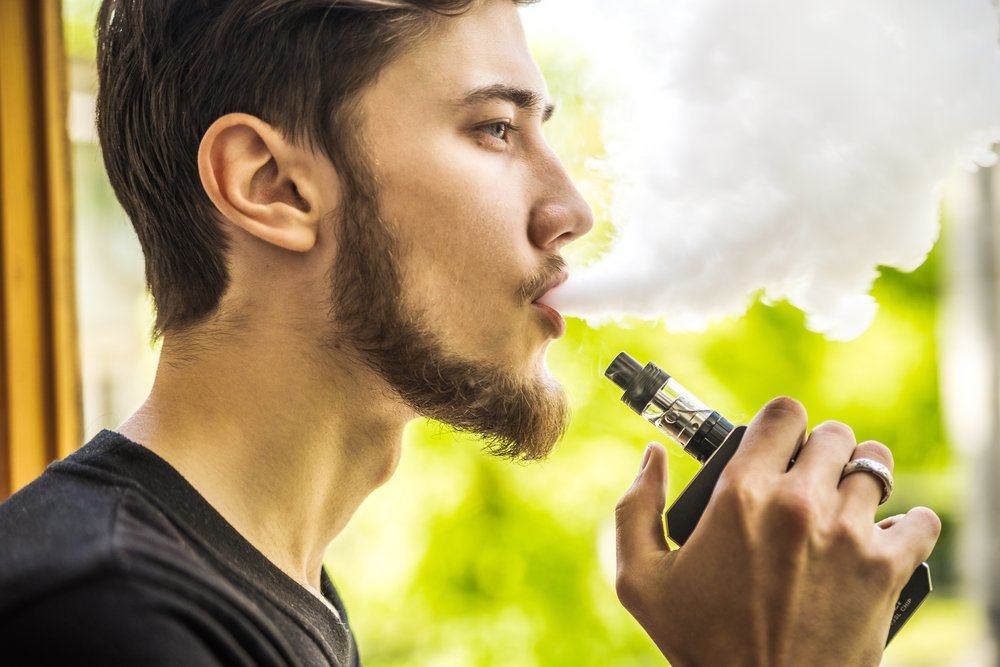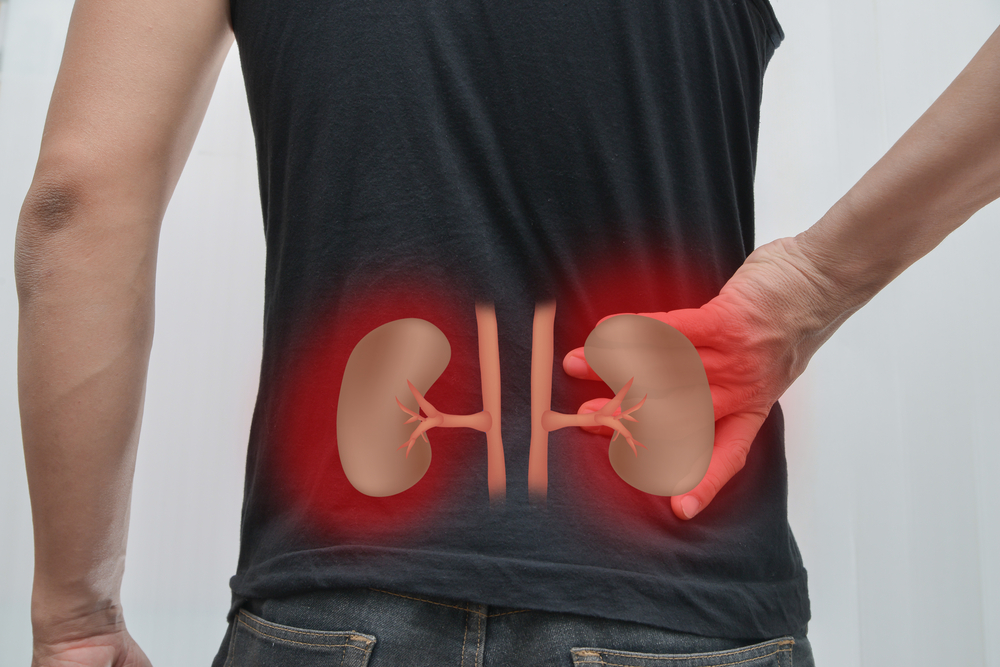Contents:
Medical Video: Dangers of e-cigarettes, vaping and JUULs: How to talk to kids
Electric cigarette, more popularly known as vape, uses battery power to heat and vaporize vape fluids which usually contain nicotine. The liquid vapor is then inhaled by the user when they press the button on the vaporizer device and blow vape smoke into the air. Should non-smokers worry about the potential side effects of breathing air that has been mixed with vapor smoke, like the danger of breathing tobacco smoke?
What is contained in vape smoke?
Technically, vape users cannot be classified as smokers. They don't smoke, but only "vaping." That is, they use a vaporizer as a battery-powered inhaler. Unlike burnt tobacco cigarettes, vape produces steam through a heating system. Meanwhile, traditional cigarettes involve burning tobacco using fire which releases toxic chemical emissions into the air. The rest of this toxic combustion, aka cigarette smoke, has caused widespread public health policies to ban smoking in public spaces.
However, "Assuming that vapor fumes released into the air only in the form of water vapor are not entirely appropriate," said Tobias Schripp, a researcher from the Fraunhofer Institute in Germany who has studied the ins and outs of electronic cigarettes, reported from the Washington Post.
READ ALSO: Watch out! Vape can explode on your face
The liquid used in most vape devices consists of four main ingredients: propylene glycol, vegetable glycerin, nicotine, additional flavorings, and may also include other chemicals. After being heated, the liquid evaporates into smog that is inhaled like tobacco smoke before it will finally be released into the atmosphere.
Schripp further explained, in addition to water vapor particles, vape smoke also transports ultra-fine nicotine particles, volatile organic pollutant compounds, and other potentially carcinogenic hydrocarbons into the air - even in a well-ventilated room. One fact alone can confirm that e-cigarettes are not completely pollution-free.
How come if we take in vape smoke?
Studies and strong scientific evidence that question the health effects of exposure to vape smoke in people who breathe in are still very limited. But, most health experts have so far speculated that exposure to pollutants from electric cigarettes might trigger health problems because super fine particles transported with smoke might accumulate in the lungs. Exposure to super fine particles can worsen a person's breathing problems, such as asthma, and constrict blood vessels that can trigger a heart attack.
Propylene glycol, for example. The use of this material in some products is officially approved by the FDA. However, the steam nicotine inhalation method in propylene glycol is not approved by the user. Some studies show that heating propylene glycol changes its chemical composition, thus producing a small amount of propylene oxide - a known carcinogen compound. Short-term inhalation exposure to these substances causes irritation of the eyes, throat, and airways, while long-term exposure can result in children suffering from asthma.
READ ALSO: 3 Types of Vape (Electric Cigarette), Which Is Better?
"Vape smoke produces a mild effect on the lungs, including inflammation and protein damage," said Dr. Thomas Sussan, lead author and assistant scientist in the Department of Environmental Health at the Bloomberg School, reported by the Medical Daily.
Sussan and his teammate Dr. Shyam Bishwal found an increased susceptibility to weakening of the body's immune system and respiratory infections in experimental mice placed in vape-smoke-filled rooms. Some mice exposed to vape smoke were even reported to have died at the end of the study.
They suspect the detrimental effects on the immune system may be triggered by free radicals, highly reactive poisons that are also found in tobacco smoke and motor vehicle pollution that can cause cell death by damaging DNA and other molecules in the body's cells.
Vape smoke remains better than tobacco smoke
The level of exposure to poisons produced from electronic cigarettes is considered lower than traditional cigarettes. But only a few carcinogens in vape smoke have been identified so far, and scientists have not managed to identify all the particles in this formula. Variations in product content, design, and exhaust gases also show that some products produce little exposure to toxins, while others can pose a greater risk.
READ ALSO: Which is Better, Shisha or Electric Cigarette (Vape)?
In conclusion, if faced with two choices: breathe vape fumes or tobacco smoke, experts seem to agree that your health opportunities will be better if you breathe in the vapors of vape smoke rather than tobacco smoke. Tobacco smoke contains thousands of chemicals, 60 of these chemicals are known carcinogens, while carcinogens from vapor vapors are only a handful. Therefore, overall health risks from vape fumes tend to be far lower than exposure to indoor tobacco smoke.












